-
Welcome to Tacoma World!
You are currently viewing as a guest! To get full-access, you need to register for a FREE account.
As a registered member, you’ll be able to:- Participate in all Tacoma discussion topics
- Communicate privately with other Tacoma owners from around the world
- Post your own photos in our Members Gallery
- Access all special features of the site
2nd Gen Dual Battery with on-board charger
Discussion in '2nd Gen. Tacomas (2005-2015)' started by seafur, Oct 28, 2019.


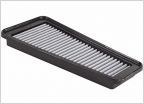 Air Filter Alternatives
Air Filter Alternatives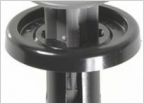 Door panel push in button snap
Door panel push in button snap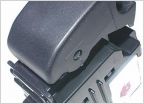 Rear Passenger Window will not move - Replaced motor and switch - still fails - Ideas? - 2014 DCSB
Rear Passenger Window will not move - Replaced motor and switch - still fails - Ideas? - 2014 DCSB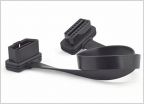 When will Tacoma get bluetooth connectivity?
When will Tacoma get bluetooth connectivity? Better headlight bulb than stock?
Better headlight bulb than stock?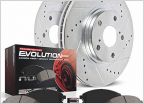 Slightly more torque and horse power wanted
Slightly more torque and horse power wanted
















